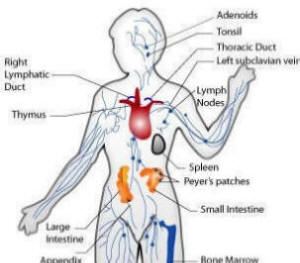Autoimmune Attack
Immune system attacks
Just three months ago, Reagan Williams, 9, was dangerously sick with extremely high levels of sugar in her blood. Today she's back on her feet and enjoying her first days in fourth grade.
Last week, Kylynn Welsh, 18, was in critical condition on a ventilator in a New Jersey hospital, unable to breathe on her own because of swelling that closed her throat. On Sunday, she was released from the hospital and will soon be starting college.
These young people have very different illnesses with one thing in common: Their immune systems have gone awry.
 Immune System
Immune System
Scientists say immune disorders, which range from common diseases such as juvenile diabetes or lupus to some so unusual that many doctors have never heard of them, are among the most mysterious of ailments, genetically complex and so diverse that estimating their true prevalence is a guessing game.

Disorders of the immune system can be debilitating and expensive, and are likely to be much more common than previously realized.
But just how many people have them is not known, because such diseases are not tracked. The National Institutes of Health estimated in a 2005 report that 5% to 8% of Americans, up to 23.5 million, have one or more autoimmune diseases, which occur when the immune system launches an attack on healthy cells within its own body.
"Almost every autoimmune disease, with the exception of rheumatoid arthritis, seems to be going up," that's because of better recognition of cases.
Wonder of nature
The immune system is nature's built-in security force. When working properly, it detects an incoming attack upon the body, whether by viruses or other organisms, and mounts a protective response. When the invader is vanquished, it calls off the troops. But when that system malfunctions, the body's internal security force can lay down its arms or even turn on itself.
In some cases, diagnosis is a slam-dunk because symptoms are hard to miss. But for others, it's not so clear. Pain or fatigue is hard to measure, and other symptoms, such as inflammation or weight loss, can have many causes.
"When you have type 1 diabetes, there's a relatively clear boundary between when you have it and when you don't,"th. "With most of the other autoimmune diseases, there isn't a clear boundary like that. You identify the sickest patients always, but like an iceberg, are you only looking at the surface? And what's beneath?"
Often, patients go from doctor to doctor, desperate for a diagnosis.
"We know from surveys there's a really unacceptable time from onset of symptoms to diagnosis of primary immune deficiency, as high as nine years,"
Celiac disease story.